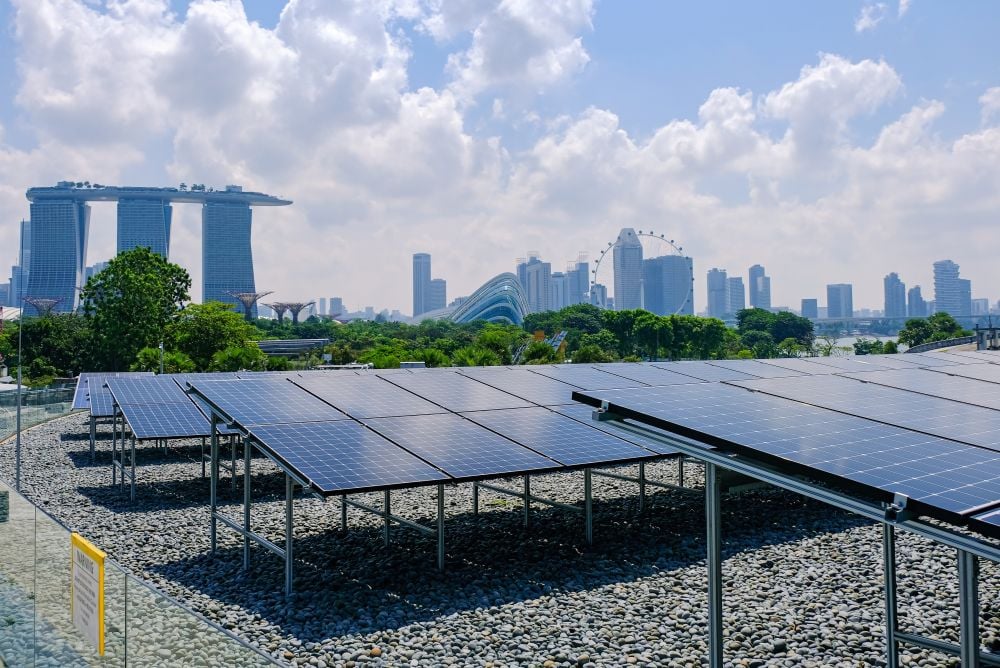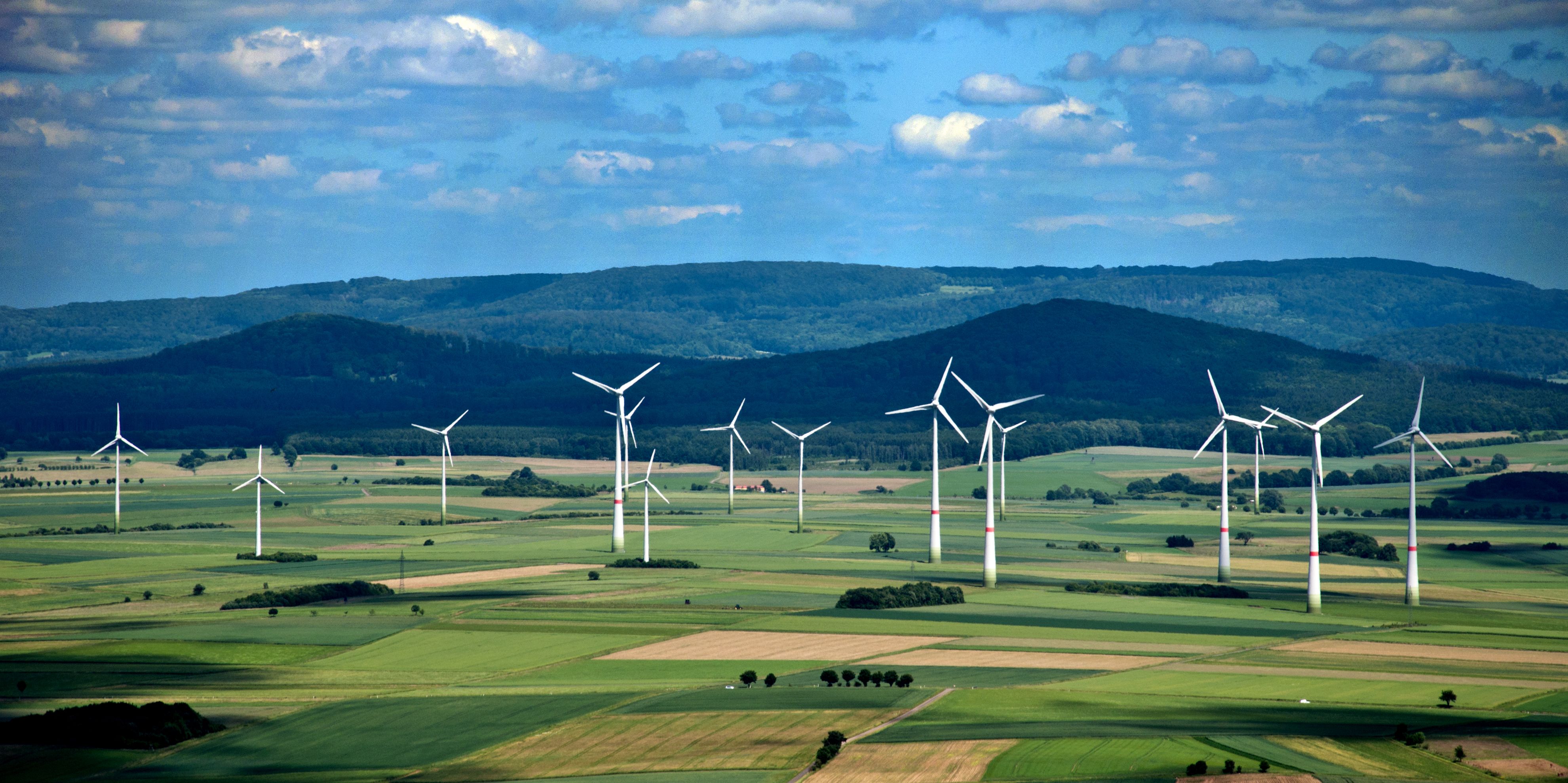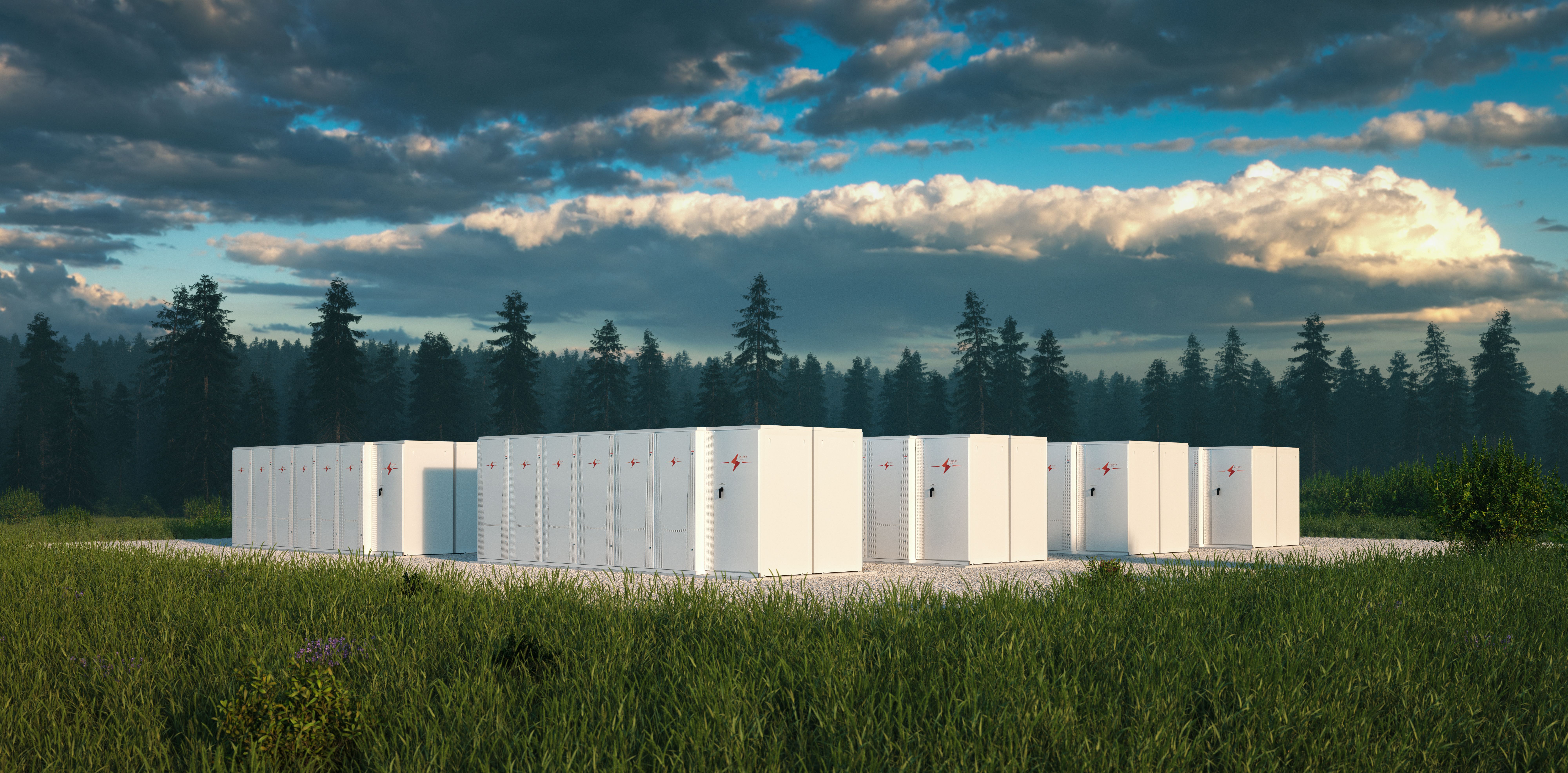Chinese infrastructure companies will slow their overseas investments over the next few years, amid growing risk awareness, according to a report from Moody's Investors Service.
In addition, Berlin-based think tank Mercator Institute for China Studies (MERICS) also expects a change in emphasis as the Belt and Road Initiative (BRI) evolves. It argues that China’s initial focus on energy projects has created the preconditions for the next phase of the BRI industrial buildup and new China-centered supply chains.
In its August 14 report, Moody’s notes that overseas direct investment out of China has slowed from its 2016 peak, and predicts that it will be stable or decline in the coming years. It adds that further large debt-funded investments could start weighing on infrastructure companies' credit quality
"Overseas infrastructure investment raises geopolitical, regulatory, financial and governance risks, especially in emerging and frontier markets, and we expect Chinese infrastructure companies will become more selective in their investments to manage these risks, including requiring higher returns on investment," says Ada Li, Moody's vice president and senior credit officer.
"In addition, Chinese state-owned infrastructure companies are shifting their focus back to China to support GDP growth, while companies are also becoming more cautious in taking on large debt-funded projects that could pressure their credit quality," she adds.
Despite the risks, Moody's expects overseas infrastructure investment will remain attractive to Chinese companies, given the financial and strategic benefits they entail, such as raising China's international profile, access to industry knowledge and natural resources, and geographic and revenue diversification.
Following the surge in investments in 2016, investment slowed in 2017 and 2018, amid regulatory controls to stem large-scale capital outflows and tighter liquidity conditions. However, in addition, Moody's believes the reduction in 2018 also reflected a pullback by infrastructure companies as complications began to surface with investments made in previous years, particularly in Belt & Road emerging markets.
Meanwhile, using its in-house BRI deal database, MERICS has been examining China’s projects in the energy sector, and concluded that they have been laying the foundations for the next wave of BRI projects.
MERICS lists projects related to renewable energy, fossil fuel and nuclear power projects, grid investments and upgrades, as well as key domestic and cross-border transmission-line projects. This data has produced four insights about BRI-related projects in energy generation and distribution.
Firstly, investment in power plants and grids dominates China’s spending on BRI-related infrastructure.
Secondly, China is encouraging its energy companies to seek contracts abroad without necessarily prioritizing any sector. Beijing is neither leading a green revolution nor a fossil-fuel revival, but rather playing both sides.
Thirdly, China’s energy projects are geographically diversified. Latin America is in the lead in terms of volume of completed investments (mostly into renewables and energy distribution), while Southeast Asia boasts the highest number of projects (mostly involving coal).
Fourthly, China’s initial focus on energy projects creates the preconditions for the next phase of the BRI industrial buildup and new China-centred supply chains.
For the rest of the world, China’s BRI energy drive has two main implications, MERICS says. Firstly, many developing countries will gain access to new power supply and distribution much more quickly than previously forecast. China is, indeed, creating a potential foundation for new industrial centres in many countries. These could form new China-bound supply chains and might alter competition in power-intensive sectors.
It remains far from certain, however, whether high project costs, new debts incurred, and long-term high-price electricity contracts agreed to please Chinese power-sector investors will leave host countries with any net economic benefit.
In the end, this could undermine China’s industrial cooperation plans if target countries are no longer convinced these are in their best interest. Secondly, energy companies from Europe and elsewhere face strong competition from Chinese giants willing to accept more risk and less profitable conditions for the sake of securing market share.
The Chinese government supports its (mostly state-owned) energy companies and wants to turn them into global champions. Eventually, they should be strong enough to protect their market positions by themselves. At the same time, they would be able to accommodate Beijing’s industrial strategy by handing more contracts to Chinese suppliers.
Power-generation equipment is one of the ten key sectors for which “Made in China 2025” sets global market-share targets. In this way the challenge to European industry from BRI-bolstered Chinese competitors could spread further to suppliers and sub-contractors, who have thus far been able to profit from the initiative. MERICS notes that most BRI-related energy projects have clustered in developing and emerging markets, in which China can more easily avoid tenders and secure contracts directly for its energy companies.
But Chinese entities have also successfully gained footholds in the energy markets of advanced economies. These promise more secure investments and may be marketed as demonstrating Chinese companies’ financial firepower, technological prowess and trustworthiness.
Chinese companies have invested heavily in Australian grid infrastructure and renewables (eg SP Ausnet, SPI (Australia) Assets, Pacific Hydro). They have also successfully invested in Southern European grids and Western European wind power (EDP- Portugal), (ADMIE- Greece), (Meerwind- Germany), (Dudgeon-(UK).









